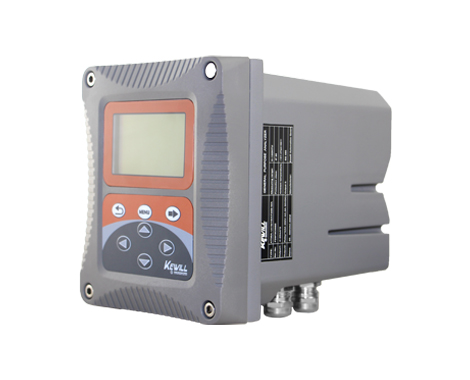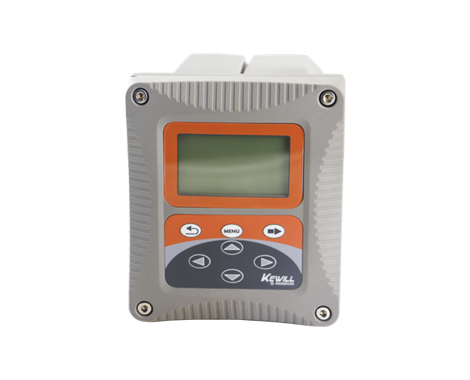Introduction
Principle & Structure
The low-range turbidity sensor guides the parallel light emitted by the LED light source down into the water sample in the sensor. The light is scattered by the suspended particles in the water sample, and the scattered light at 90 degrees to the incident angle is immersed in the water sample. The photocell receiver receives and obtains the turbidity value of the water sample by calculating the relationship between the 90-degree scattered light and the incident beam.
Features
The sensor adopts double beam infrared scattering photometer detection technology to achieve better repeatability and stability;
●The application of ISO7027 infrared light scattering technology can effectively eliminate the influence of sample color;
●Built-in self-diagnosis function to ensure accurate data;
●The automatic cleaning function of the cleaning brush can be selected, which greatly reduces the maintenance of the sensor;
●Digital sensor, strong anti-interference ability and long transmission distance;
●Standard digital signal output, can realize integration and networking with other equipment without transmitter;
●On-site installation of the sensor is convenient and fast, realizing plug and play;
●The use is simple, the results are reliable, and the interface operation instructions can reduce operation errors;
●A visual alarm system is set up to provide important alarm functions;
●The controller can be wall mounted/panel mounted/pipe mounted.
application
On-line monitoring of turbidity in the water inlet, sedimentation tank and other links of water works;
On-line monitoring of turbidity in sewage plants, various industrial production process water and wastewater treatment processes, etc.




